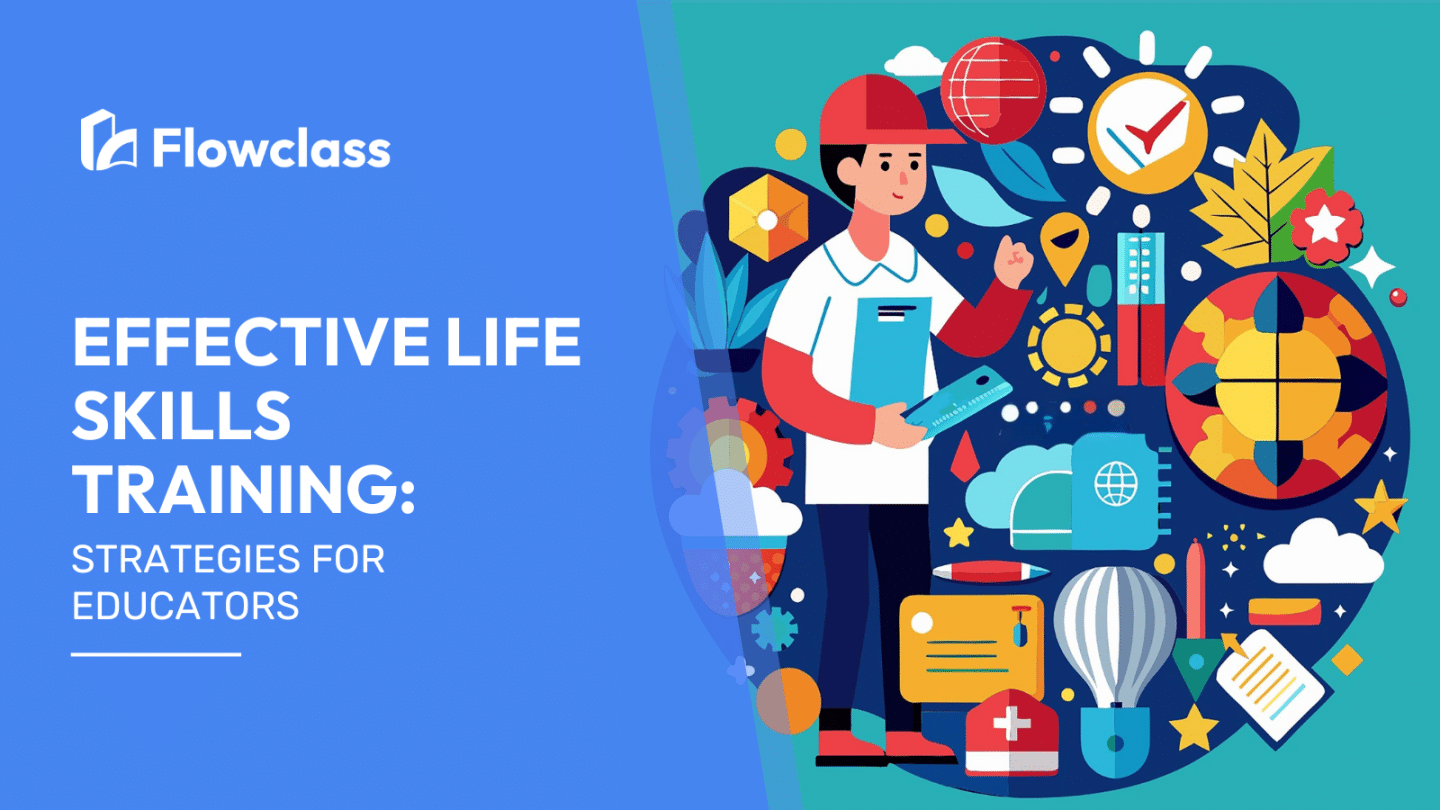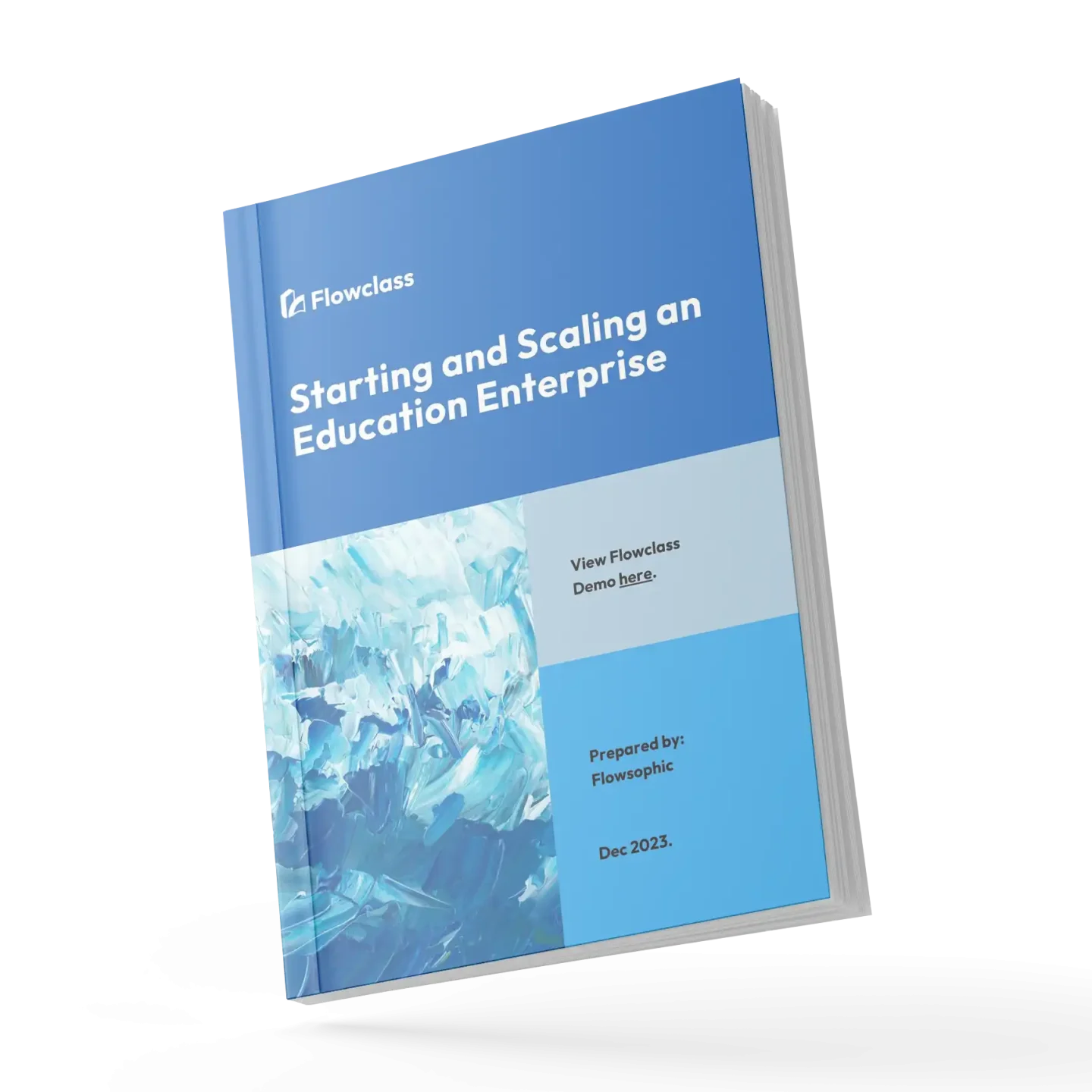Are you an educator looking to empower your students with essential life skills? Look no further. In this article, we will explore effective strategies for life skills training that will equip your students with the tools they need to succeed in both their personal and professional lives.
In today’s fast-paced and ever-changing world, it is no longer enough to focus solely on academic subjects. Students need to develop a range of life skills to navigate the challenges they will inevitably face. From communication and problem-solving skills to adaptability and resilience, these abilities are key to thriving in the modern world.
By implementing these strategies in your classroom, you can create a nurturing environment where students can develop these essential life skills. Whether it is through experiential learning activities, role-play, or collaborative projects, you have the power to shape the future of your students.
Join us as we delve deeper into these effective strategies for life skills training, and learn how you can make a lasting impact on the lives of your students. Together, let’s empower the next generation and help them unleash their full potential.
The importance of life skills training in education
In today’s rapidly evolving world, the role of education is no longer limited to imparting academic knowledge. As educators, we have a responsibility to equip our students with the essential life skills they need to thrive in their personal and professional lives. Life skills training has become a crucial component of a well-rounded education, as it empowers students to navigate the complexities of the modern world with confidence and resilience.
The importance of life skills training in education cannot be overstated. These skills, which include communication, problem-solving, critical thinking, and emotional intelligence, are fundamental to success in all areas of life. By integrating life skills training into the curriculum, we can help students develop the adaptability, self-awareness, and decision-making abilities they will need to overcome challenges, seize opportunities, and achieve their goals.
Moreover, the benefits of life skills training extend beyond the individual student. When students are equipped with these essential skills, they are better prepared to contribute to their communities, collaborate effectively with others, and positively impact the world around them. By fostering the development of life skills, we are not only investing in the future of our students but also in the betterment of society as a whole.
Key life skills for students
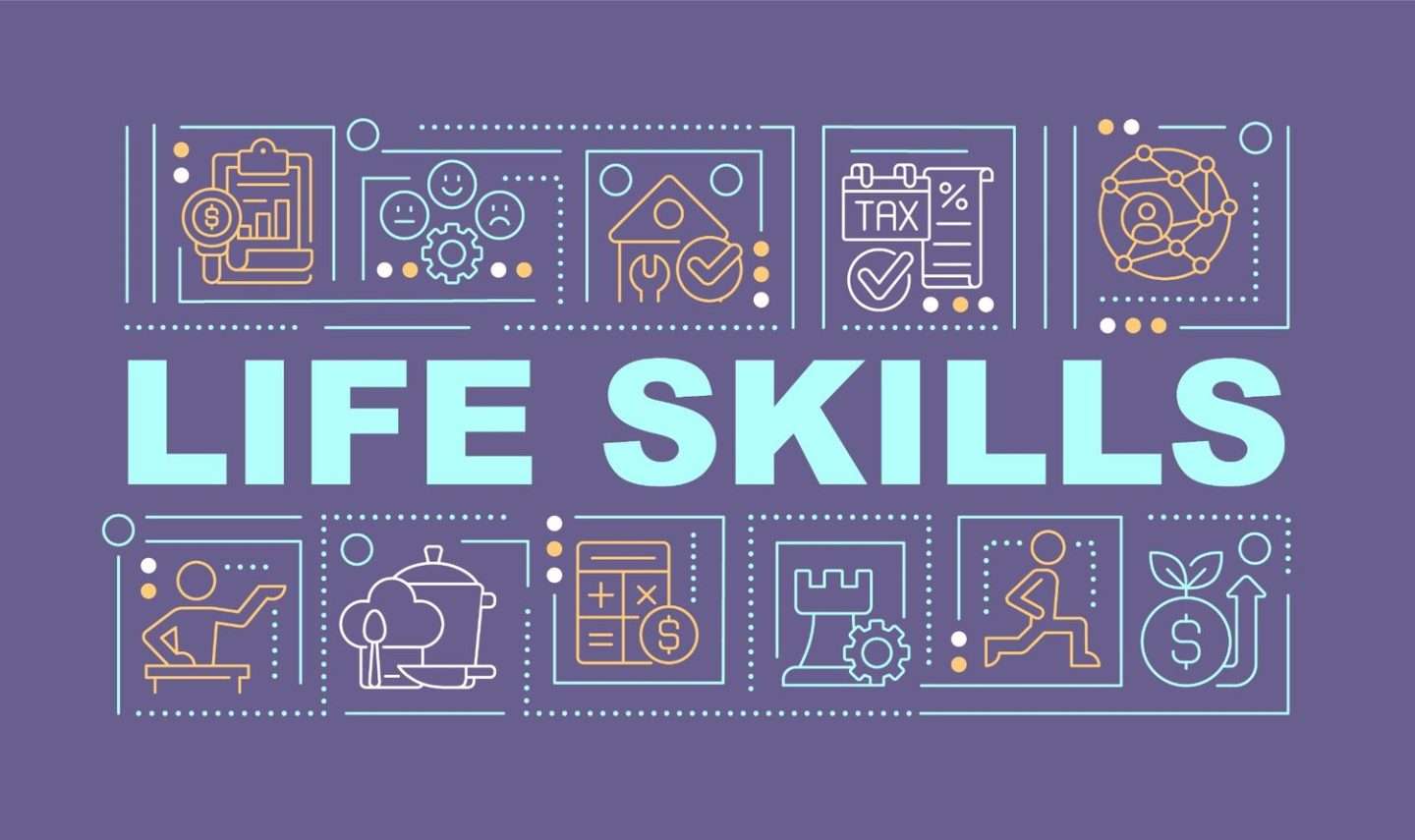
As educators, it is essential to identify the specific life skills that will be most beneficial for our students. While the list of essential life skills is extensive, there are several key competencies that stand out as particularly crucial for students to develop.
Communication skills, including active listening, verbal and nonverbal expression, and the ability to effectively convey ideas, are foundational to success in both academic and real-world settings. Strong communication skills enable students to build meaningful relationships, work collaboratively, and express themselves with confidence.
Problem-solving and critical thinking skills are also paramount. In a world of constant change and uncertainty, the ability to analyze complex situations, identify viable solutions, and make informed decisions is an invaluable asset. By nurturing these skills, we can empower our students to tackle challenges with creativity, resilience, and a solutions-oriented mindset.
Emotional intelligence, or the capacity to understand, manage, and regulate one’s own emotions, as well as empathize with others, is another key life skill. This competency is crucial for fostering healthy relationships, managing stress, and developing self-awareness – all of which are essential for personal and professional success.
Additionally, skills such as time management, adaptability, and leadership can significantly enhance a student’s ability to thrive in academic, social, and professional environments. By prioritizing the development of these diverse life skills, we can equip our students with the tools they need to navigate the complexities of the 21st century.
Integrating life skills training into the curriculum
Integrating life skills training into the curriculum is a crucial step in ensuring that our students receive a well-rounded education. This integration can take many forms, from dedicated life skills courses to the infusion of these competencies across various subject areas.
One effective approach is to create standalone life skills courses that focus on the development of specific competencies, such as communication, problem-solving, or emotional intelligence. These courses can provide students with the opportunity to engage in interactive, experiential learning activities that foster the practical application of these skills.
Alternatively, educators can integrate life skills training into existing academic subjects, seamlessly weaving these essential competencies into the fabric of the curriculum. For example, a history lesson might incorporate activities that develop critical thinking and decision-making skills, while a science project could emphasize teamwork and collaboration.
Regardless of the approach, it is essential to ensure that life skills training is not seen as an afterthought or a separate entity, but rather as an integral part of the educational experience. By aligning life skills development with academic content, we can create a holistic learning environment that prepares students for success in all aspects of their lives.
Strategies for teaching life skills effectively
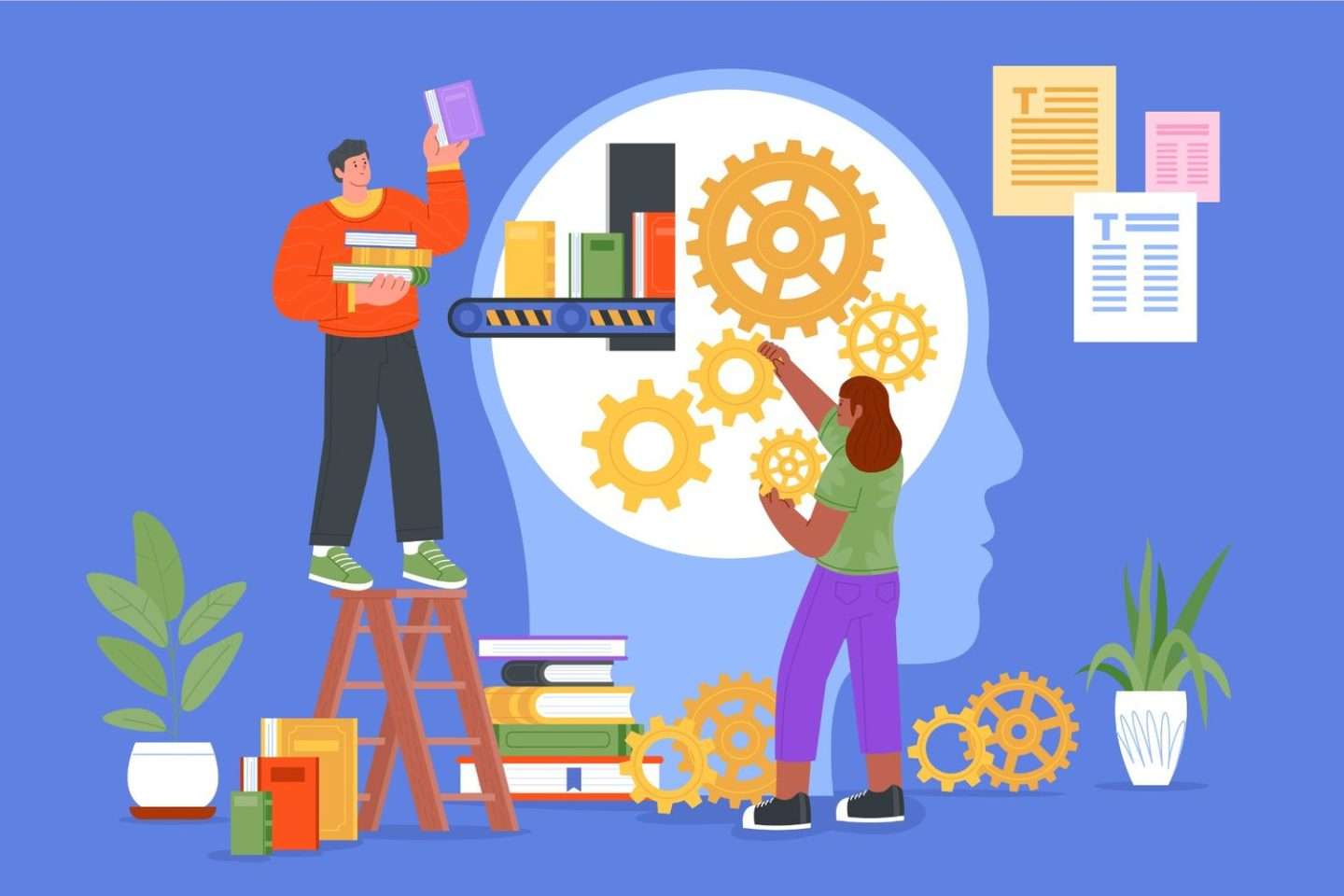
Effective life skills training requires a multifaceted approach that combines various teaching strategies and learning experiences. By employing a diverse range of methodologies, educators can cater to the unique learning styles and needs of their students, ensuring that the development of these essential competencies is both engaging and impactful.
One powerful strategy is the use of experiential learning, which involves hands-on activities and real-world simulations. Through role-playing, problem-solving challenges, and collaborative projects, students can actively apply and refine their life skills in a supportive and engaging environment. This approach not only enhances retention but also fosters a deeper understanding of the practical applications of these skills.
Another effective strategy is the incorporation of technology-based learning tools, such as online modules, interactive platforms, and virtual simulations. These digital resources can provide students with personalized feedback, self-paced learning opportunities, and access to a wealth of resources that complement traditional classroom instruction.
Fostering a culture of mentorship and peer-to-peer learning can also be a powerful strategy for life skills development. By creating opportunities for students to learn from and support one another, we can cultivate a sense of community, promote empathy and collaboration, and empower students to take an active role in their own learning and growth.
Creating a supportive and inclusive learning environment
Establishing a supportive and inclusive learning environment is crucial for the effective implementation of life skills training. When students feel safe, valued, and empowered, they are more likely to engage actively in the learning process and develop the essential competencies they need to thrive.
One key aspect of creating a supportive environment is fostering a culture of respect, empathy, and acceptance. By modeling these values and encouraging students to embrace diversity, educators can build a classroom community that celebrates individual differences and encourages open and honest dialogue.
Incorporating personalized feedback and one-on-one support is another important strategy for creating a nurturing learning environment. By providing students with tailored guidance, encouragement, and opportunities for reflection, educators can help them identify their strengths, address their weaknesses, and develop a growth mindset that will serve them well throughout their lives.
Additionally, offering a range of learning modalities and accommodations can ensure that all students have the opportunity to engage with the material and develop their life skills in a way that aligns with their unique needs and preferences. This might include visual aids, hands-on activities, or alternative assessment methods, among other strategies.
Assessing and evaluating life skills development
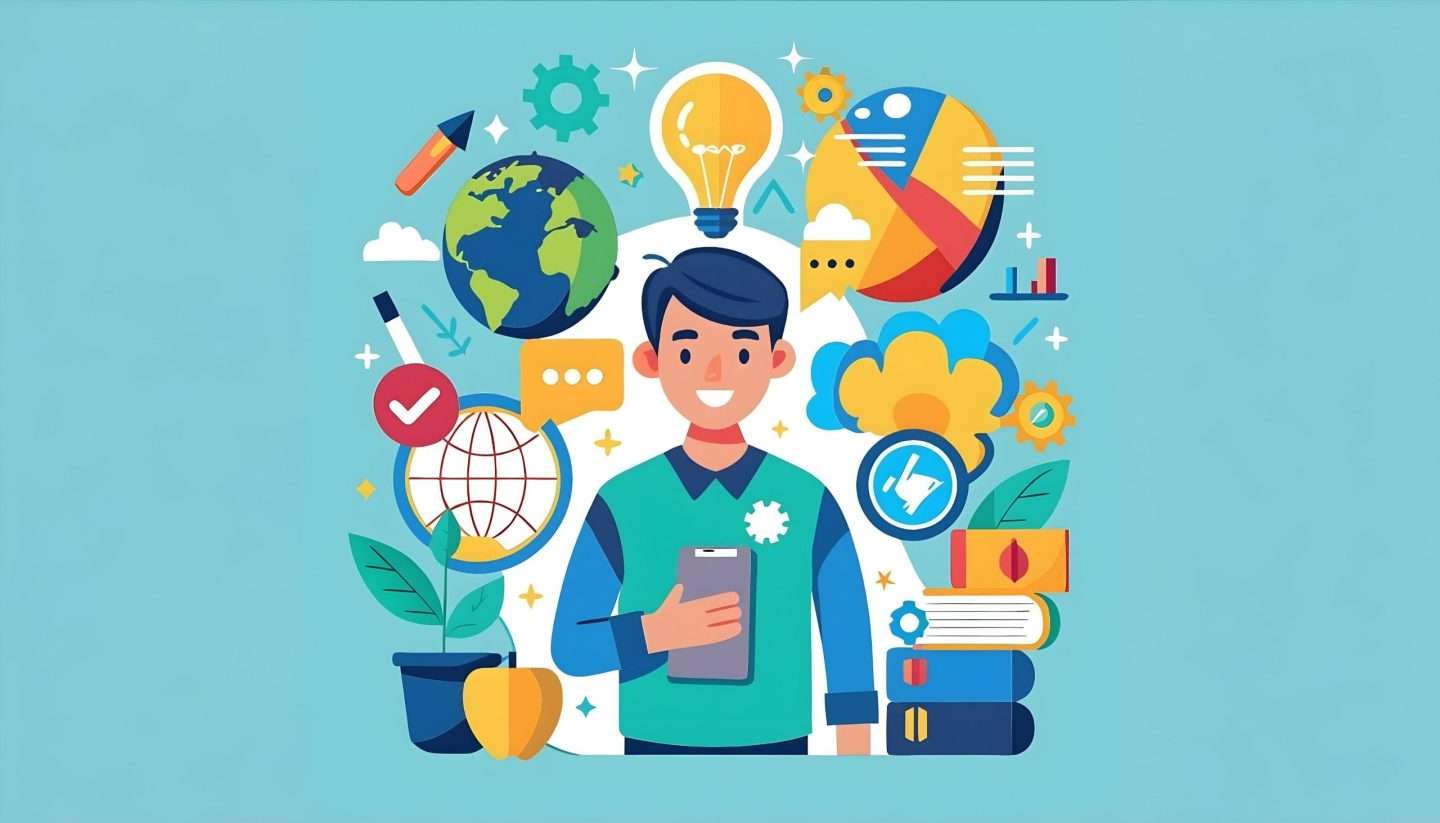
One effective approach is the use of performance-based assessments, which evaluate students’ ability to apply their life skills in real-world or simulated scenarios. These assessments might include project-based learning, role-playing exercises, or portfolio-based evaluations, which allow students to demonstrate their competencies in a practical and meaningful way.
In addition to performance-based assessments, educators can also utilize self-reflection and peer-evaluation tools to gain insights into the students’ own perceptions of their life skills development. By encouraging students to reflect on their progress, set personal goals, and provide feedback to their peers, educators can foster a culture of self-awareness and continuous improvement.
Furthermore, the incorporation of formative assessments, such as regular check-ins, progress monitoring, and ongoing feedback, can help educators identify areas of strength and weakness, and make timely adjustments to their teaching strategies to better support student learning.
Collaborating with parents and stakeholders
Effective life skills training requires a collaborative approach that involves not only educators but also parents, community members, and other key stakeholders. By fostering these partnerships, we can create a comprehensive support system that empowers students to develop the essential competencies they need to succeed.
Engaging parents as active partners in the life skills training process is crucial. By communicating the importance of these skills, sharing strategies for reinforcing them at home, and involving parents in the learning process, educators can ensure that students receive a consistent and holistic approach to life skills development.
Collaborating with community organizations, businesses, and industry leaders can also be a valuable strategy. These stakeholders can provide insights into the real-world application of life skills, offer mentorship opportunities, and create authentic learning experiences that bridge the gap between the classroom and the professional world.
Moreover, by fostering partnerships with other educational institutions, such as feeder schools or higher education institutions, educators can ensure a seamless and aligned approach to life skills training, ensuring that students receive a comprehensive and cohesive learning experience throughout their educational journey.
Resources and tools for life skills training
Educators seeking to implement effective life skills training in their classrooms have access to a wealth of resources and tools to support their efforts. From curriculum materials and instructional guides to online platforms and professional development opportunities, these resources can help educators create engaging, impactful, and evidence-based life skills training programs.
Numerous organizations and educational institutions have developed comprehensive life skills curricula and lesson plans that can be easily integrated into existing classroom instruction. These resources often include detailed lesson plans, interactive activities, and assessment tools, making it easier for educators to incorporate life skills training into their teaching practices.
In addition to curriculum materials, there are a variety of online platforms and digital tools that can enhance the delivery and personalization of life skills training. These include interactive simulations, self-paced learning modules, and collaborative learning environments that allow students to practice and apply their life skills in engaging and innovative ways.
Educators can also take advantage of professional development opportunities, such as workshops, webinars, and coaching programs, to deepen their understanding of life skills training and refine their teaching strategies. These resources can provide valuable insights, practical strategies, and peer-to-peer support, empowering educators to create transformative learning experiences for their students.
Case studies and success stories
To further illustrate the impact of effective life skills training, it is helpful to examine real-world case studies and success stories that demonstrate the positive outcomes of these initiatives. By exploring the experiences of educators, students, and communities, we can gain valuable insights and inspiration to guide our own efforts in this important endeavor.
One such case study comes from a high school in a socioeconomically diverse community, where educators implemented a comprehensive life skills training program. By integrating these essential competencies into the curriculum, the school saw a significant improvement in student engagement, academic performance, and overall well-being. Students reported feeling better equipped to navigate the challenges of adolescence, and many went on to pursue successful careers and contribute positively to their communities.
Another example can be found in a middle school that prioritized the development of emotional intelligence and interpersonal skills. Through targeted lessons, group activities, and individual coaching, the school was able to foster a culture of empathy, self-awareness, and conflict resolution. As a result, the school experienced a marked decrease in disciplinary issues, improved relationships among students and staff, and an increase in overall academic achievement.
These success stories serve as powerful reminders of the transformative potential of life skills training. By prioritizing the development of these essential competencies, educators can empower their students to thrive, not only in the classroom but in all aspects of their lives.
Conclusion: Empowering students through life skills training
In the ever-evolving landscape of education, the importance of life skills training cannot be overstated. By equipping our students with the essential competencies they need to navigate the complexities of the modern world, we are not only investing in their individual success but also contributing to the betterment of our communities and society as a whole.
Through the integration of life skills training into the curriculum, the implementation of effective teaching strategies, and the creation of supportive and inclusive learning environments, educators have the power to transform the lives of their students. By fostering the development of communication, problem-solving, emotional intelligence, and other key life skills, we can empower our students to become resilient, adaptable, and confident individuals who are prepared to tackle the challenges of the 21st century.
As we continue to evolve our educational practices, it is crucial that we maintain a steadfast commitment to life skills training. By collaborating with parents, community stakeholders, and other educational institutions, we can create a comprehensive support system that ensures our students receive the holistic education they deserve. Through this collaborative effort, we can unlock the full potential of our students and pave the way for a brighter, more promising future.
📣Want more informative content for youth development? Check out our blogs!

